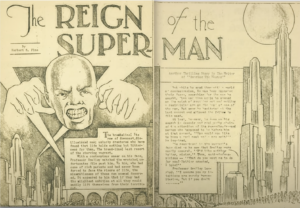When Your Publisher Isn’t the Dream Partner You Hoped For — What Counts as Material Breach of a Publishing Agreement?
This is a guest post by Hana Khan-Tareen, who is a Legal Research Fellow at Georgetown University Law Center. We appreciate her insight on how authors can best protect their rights.


